1989
LCMS-QP1000
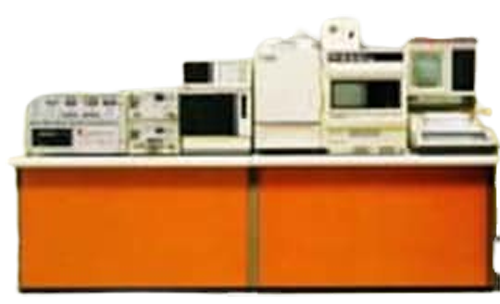
Shimadzu released its first thermospray-based LC-MS product. Thermospray became the most popular interface for LC-MS systems in the 1990s.
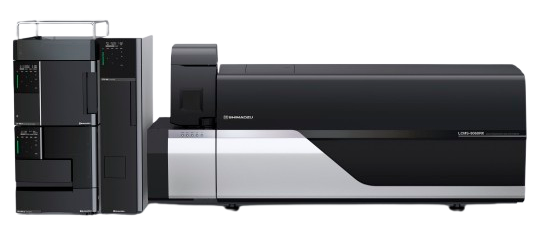
This timeline outlines the development of Shimadzu's Liquid Chromatography-Mass Spectrometry (LC-MS) products over the past 150 years. Each entry reflects Shimadzu's commitment to advancing sensitivity, speed, and usability in analytical chemistry. From the introduction of the first LC-MS system to the latest innovations, Shimadzu has made significant contributions to various fields, including pharmaceutical research, proteomics, and environmental analysis.

Shimadzu released its first thermospray-based LC-MS product. Thermospray became the most popular interface for LC-MS systems in the 1990s.
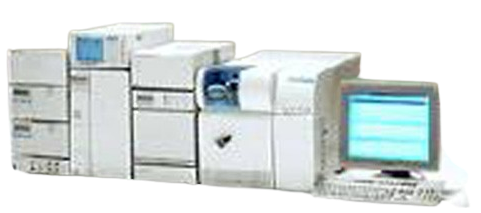
Shimadzu redesigned the lens system, spray unit, and other portions of previous LC-MS systems using unique Shimadzu technologies to offer the LCMS-2010 single quadrupole mass spectrometer that provided over 10 times higher sensitivity than earlier models.
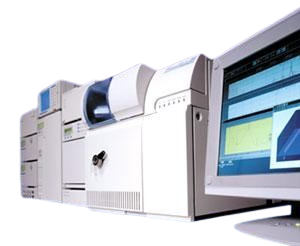
The LCMS-2010A was created with the goal of delivering "an LC/MS that can be used like an LC detector". Shimadzu has developed an LC/MS system designed to support a wide range of analytical requirements. Evolution from the LCMS-2010 to the LCMS-2010A achieves enhanced stability, reliability, and sensitivity. The LCMS-2010A is applicable to an extensive range of applications in the pharmaceutical and environmental fields.
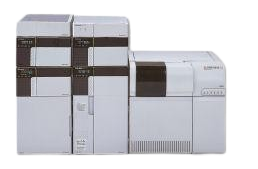
LCMS-2010EV (Evolution) refined and enhanced for even higher sensitivity in mass spectrometry detection.
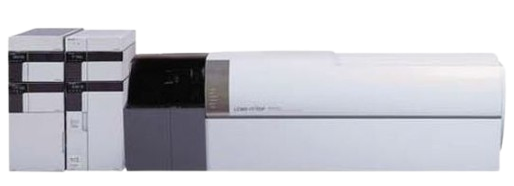
Shimadzu released a world-first hybrid LC/MS model fusing IT and TOF, enabling structural analysis etc. with MSn capabilities.
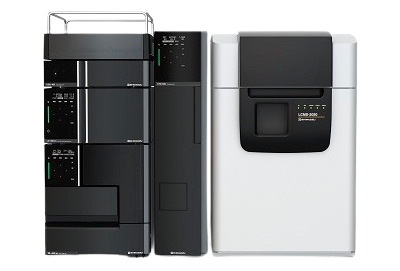
The ultra fast LCMS-2020 supported ultra fast LC. The single quadrupole mass spectrometer was equipped with Shimadzu’s proprietary UF Technologies that enabled dramatic improvements in both speed and sensitivity. It was the first system on the LCMS market to bring fast polarity switching and fast scan speed.
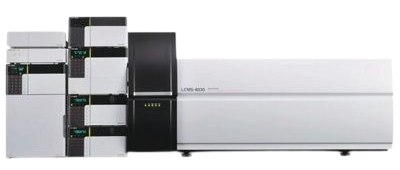
Shimadzu released the LCMS-8030 as Japan’s first triple quadrupole mass spectrometer. At the time, it achieved the world’s fastest detection speed, satisfying the need to measure huge numbers of samples when analyzing pollutants in water and soil, drug metabolites, residual pesticides in foods, and so on. Inherited from the UFMS features developed first with LCMS-2020, it brought to the LCMS TQ market the fast polarity switching and fast MRM acquisition which revolutionized the multi-components analysis.
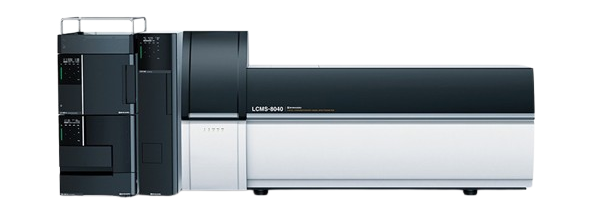
As an evolution of the LCMS-8030, the LCMS-8040 was bringing additional sensitivity.
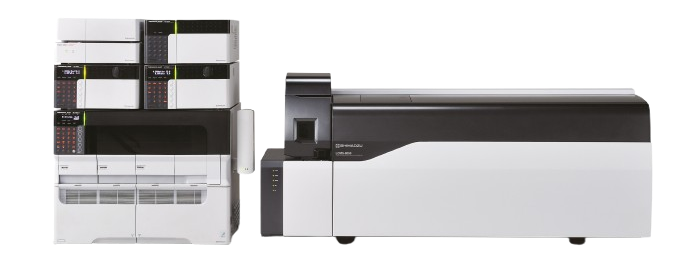
The LCMS-8050 was a game changer both in the Shimadzu Family of LCMS and on the LCMS TQ market. It was pushing Shimadzu’s UFMS features (Ultra-Fast Mass Spectrometry) to a new level. The high-end LCMS-8050 triple quadrupole mass spectrometer features the world’s fastest data acquisition rates and best-in-class sensitivity allowing quantitative and qualitative analysis simultaneously.
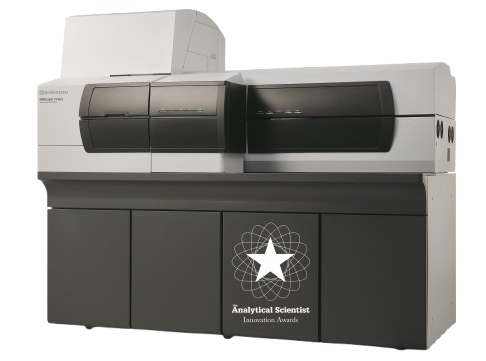
The iMScope mass imaging microscope boasts the power of both mass spectrometry and optical microscopy in one hybrid instrument. It can merge precise, high-quality MS images and optical images.
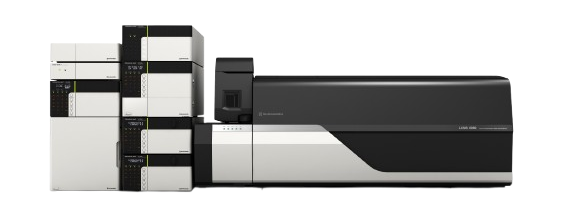
After releasing the LCMS-8050 (in 2013), the LCMS-8060 was released as Shimadzu's high-end triple quadrupole model. The LCMS-8060 featured additional ion path improvements from the LCMS-8050 that achieved about three times higher sensitivity.
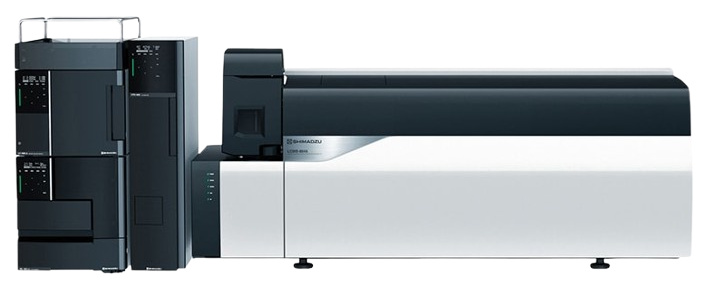
Equipped with a heated ESI probe, the LCMS-8045 has the highest sensitivity in its class. The excellent cost performance of this system is demonstrated in food safety, environmental analysis, and other quantitative analyses. It can be upgraded to the LCMS-8060 and LCMS-8060NX.
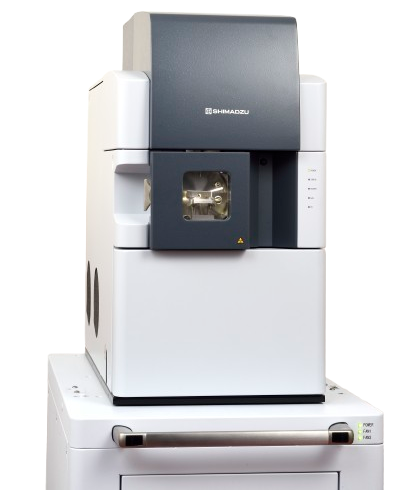
The DPiMS-2020 is a single quadrupole mass spectrometer based on using probe electrospray ionization. It uses a probe to remove a micro quantity of liquid from the sample placed on the sample plate and inject it into the MS unit for mass analysis. It is extremely easy to operate, and it can measure samples such as chemical products, food materials, and biological samples, directly or with very minimal sample pretreatment.
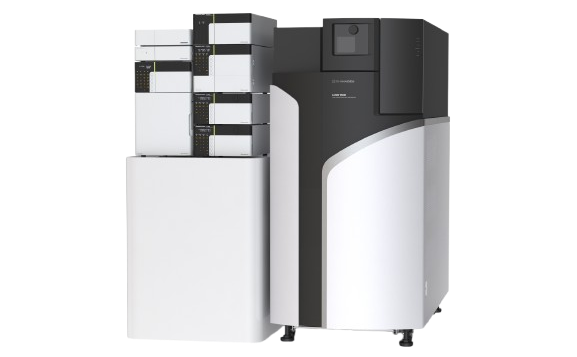
Shimadzu released the LCMS-9030, Shimadzu’s first quadrupole time-of-flight mass spectrometer, in the market for high resolution accurate mass (HRAM) analysis. The system featured technology that provided simple operation together with high accuracy, sensitivity, and resolution that allowed highly reliable accurate mass measurement capabilities for everyday use.
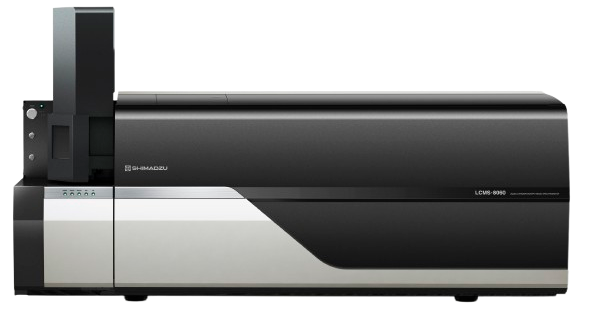
A triple quadrupole mass spectrometer with a DPiMS-8060 kit installed can acquire trace sample quantities using a probe and analyze component masses in the MS unit. Its ability to quickly detect drugs or metabolites in blood or tissue samples with only extremely simple pretreatment makes it ideal for simple screening applications.
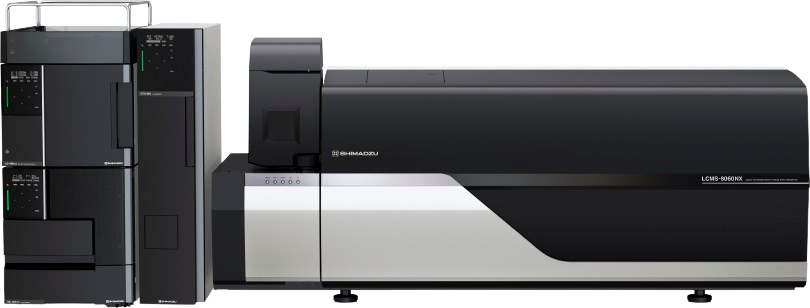
The LCMS-8060NX is a triple quadrupole mass spectrometer with world-class sensitivity and detection speeds. It boasts increased robustness and ease of use as well as Analytical Intelligence to maximize your laboratory’s output.
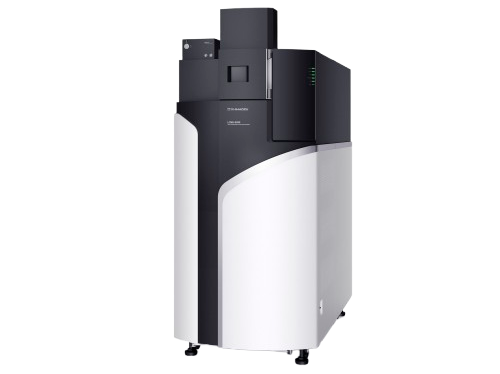
The DPiMS QT probe electrospray ionization kit is attached to a quadrupole time-of-flight MS. The probe allows extremely small sample volumes to be selected and introduced directly into the MS unit for analysis. The DPiMS QT is a direct ionization interface unit that makes it simple for users to switch from PESI to ESI and vice-versa.
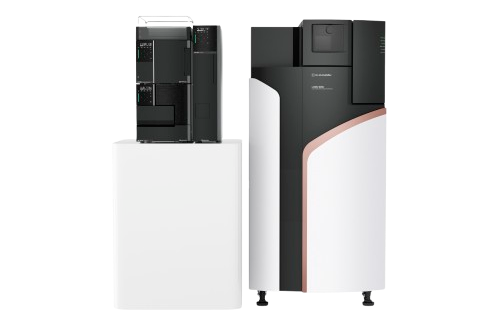
Proprietary power supply and data correction technologies enable simultaneous positive and negative ion measurements, which is difficult to achieve using a quadrupole time-of-flight mass spectrometer. That results in efficient acquisition of vast amounts of highly reliable data for developing increasingly advanced drugs and materials.
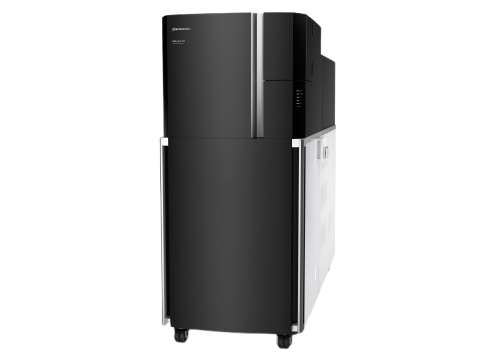
The iMScope QT boasts not only fusion with morphology studies but also excellent speed, sensitivity, and spatial resolution, clearing the way to next-generation mass spectrometry imaging.
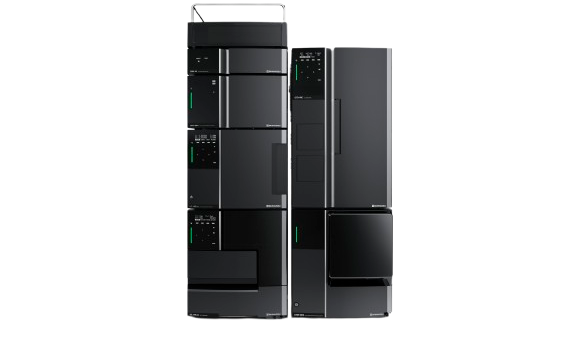
This compact model has a footprint that is 66 % smaller than the previous model, while simultaneously expanding the mass measurement range and achieving outstanding basic performance capabilities, such as fast positive-negative ion switching. Performance Concierge functionality was included that automatically monitors the instrument's status to ensure maximum uptime.
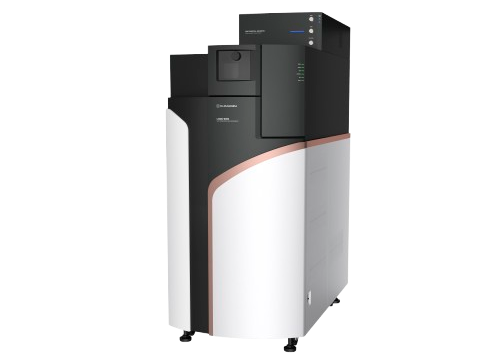
This unique system from Shimadzu consists of an LCMS-9050 quadrupole time-of-flight mass spectrometer, which achieves simultaneous positive and negative ion measurements, equipped with the world’s first OAD ion dissociation technology. It can help analyze the structures of unknown components by determining the position of double bonds, which was difficult to do previously.

Improvements to the nozzle shape used to spray samples increases analytical data reliability by achieving a more uniform spray.
And, by efficiently injecting only ions into the mass spectrometer unit, the systems achieve high measurement sensitivity and robustness. Engineered with precision utilizing state-of-the-art Shimadzu technologies, the LCMS-TQ RX Series delivers trusted performance that meets the dynamic needs of your lab and sets a new benchmark for generating actionable data.
Throughout its 150-year history, Shimadzu has gathered numerous stories that exemplify its role in the advancement of analytical technology. Each narrative reflects the contributions of individuals and the evolution of innovations across various fields. Below, we present some of these stories that highlight key milestones in our journey and the impact they have had.

To face increasing demands on their time and resources, chemical laboratories need easier-to-handle solutions with faster turnaround times, lower costs per sample and full compliance with ever-stricter regulatory standards. Recent work by Alsachim using Shimadzu equipment and software has now led to an optimized high-throughput analytical solution that delivers same-day results for therapeutic drug monitoring of immunosuppressants. The solution combines liquid chromatography and tandem mass spectrometry (LC-MS/MS) with automated sample preparation and a dedicated reagent kit.

How can you accelerate the development of therapeutic drug candidates while also reducing their cost? The global AI-driven precision medicine company Exscientia in Oxford, UK, might have the answer. By integrating AI and machine-learning in its discovery process, Exscientia has been able to generate new molecules far faster than with conventional methods and has already delivered compounds into clinical development. Exscientia’s scientists explain this new approach and how their recent collaboration with Shimadzu helped further automate the discovery process to synthesize and purify new drug candidates in superfast time.
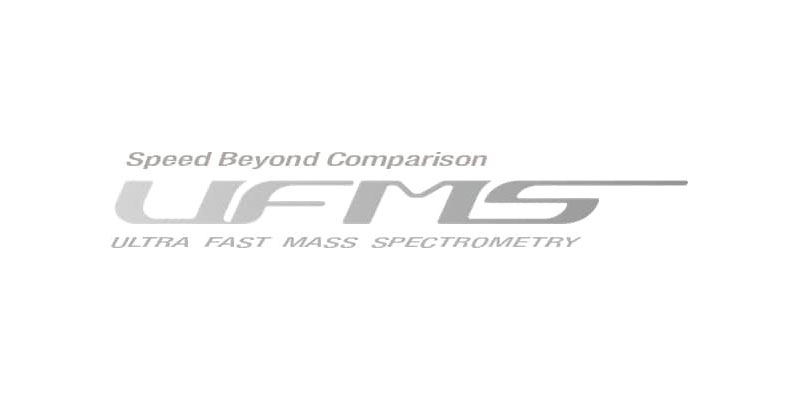
Providing Excellence in Data Quality and Ultra-Fast Performance, Shimadzu's Unique Technologies Achieve a New Global Standard in Mass Spectrometry
Are you interested in our LC-MS products? You can explore them up close at various upcoming events. Our experts will be available to answer any questions you may have. We look forward to seeing you there!





Innovative technology, exceptional design and new ways of thinking are part of our engineering DNA delivering solutions for the ever-changing needs of any laboratory. As our scientific and business needs change our engineering design evolves and adapts. The result is the RX Series of triple quadrupole LC-MS instruments designed with unmatched capability, redefined reliability and creating a new standard in actionable data.
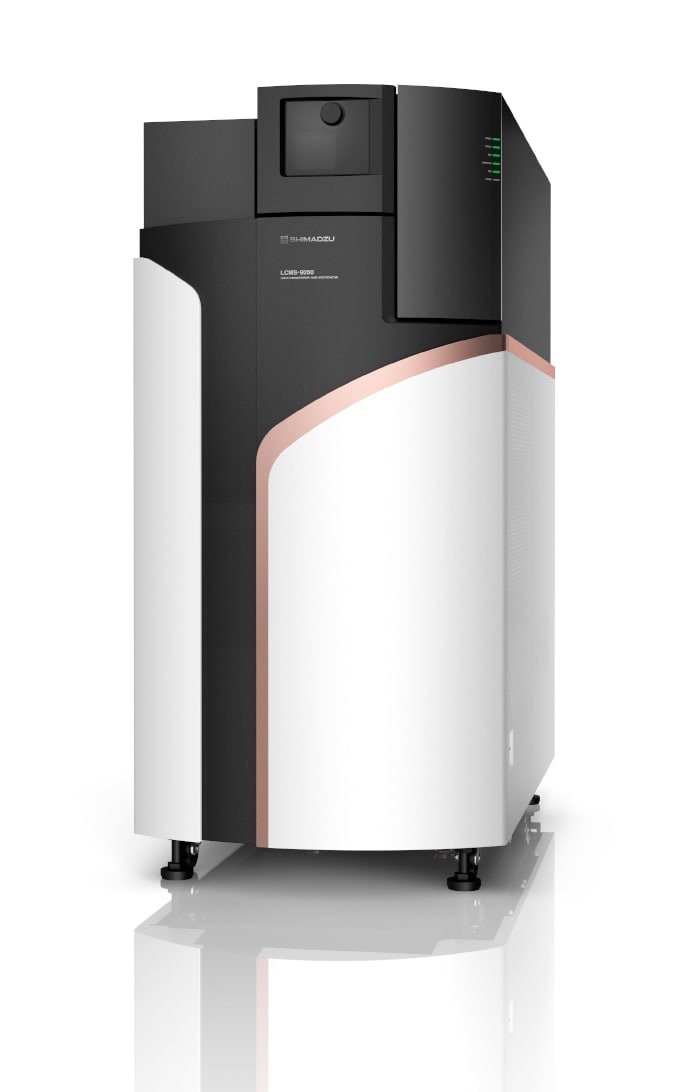
The LCMS-9050 is a quadrupole Time-of-Flight (Q-TOF) mass spectrometer system designed with technologies developed for Shimadzu LCMS series models and that results in among the highest mass accuracy stability levels available. Shimadzu’s proprietary high precision temperature control system inhibits even tiny mass variations caused by external factors, so that the system can be used to measure accurate mass values without worrying about mass calibration. The stable positive/negative high-speed polarity switching technology enables the simultaneous analysis of positive ions/negative ions, contributing to new applications development and heightened analysis efficiency. To ensure that all users can perform analysis easily and efficiently, Shimadzu has aimed to simplify mass calibration, maintenance and other non-analysis procedures.